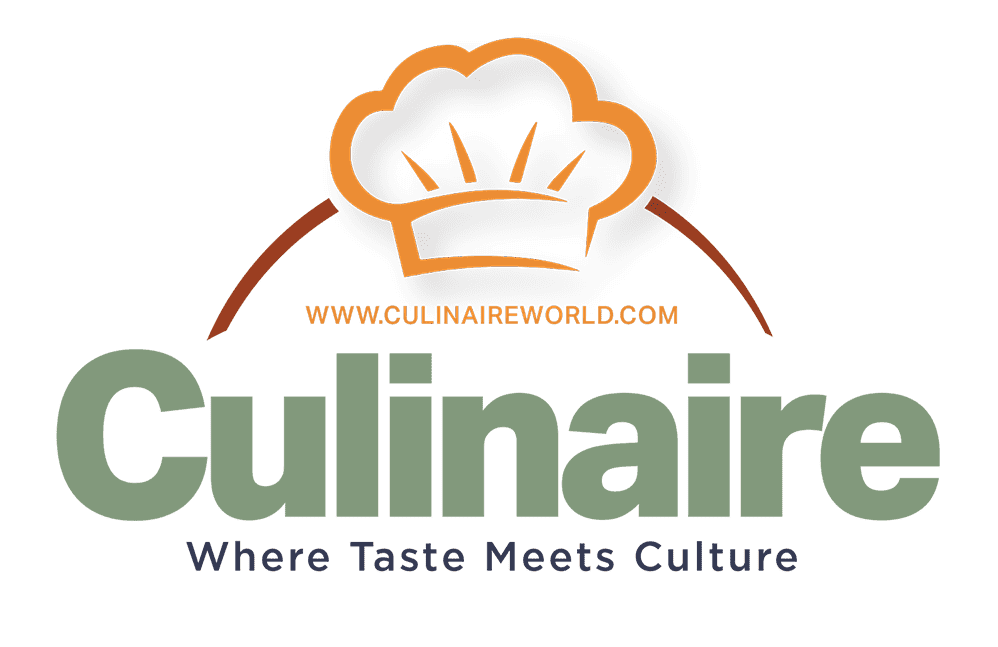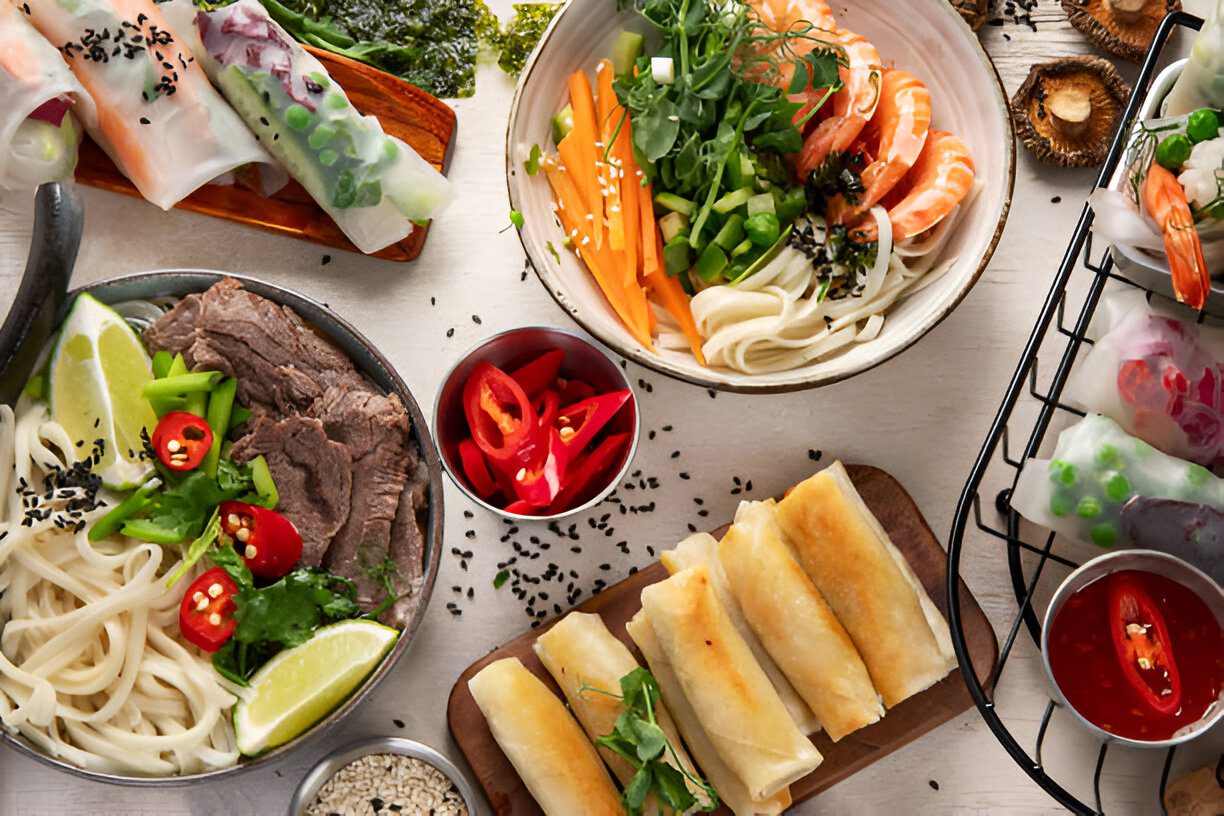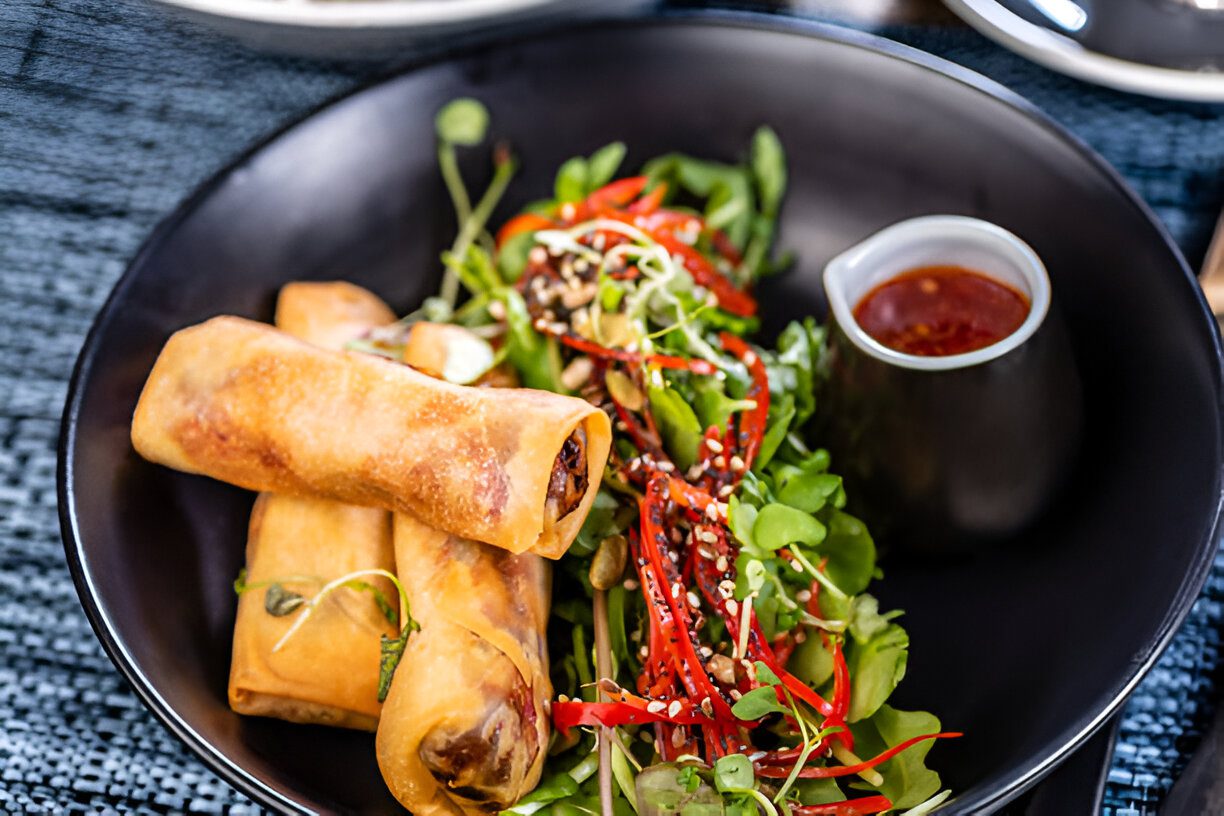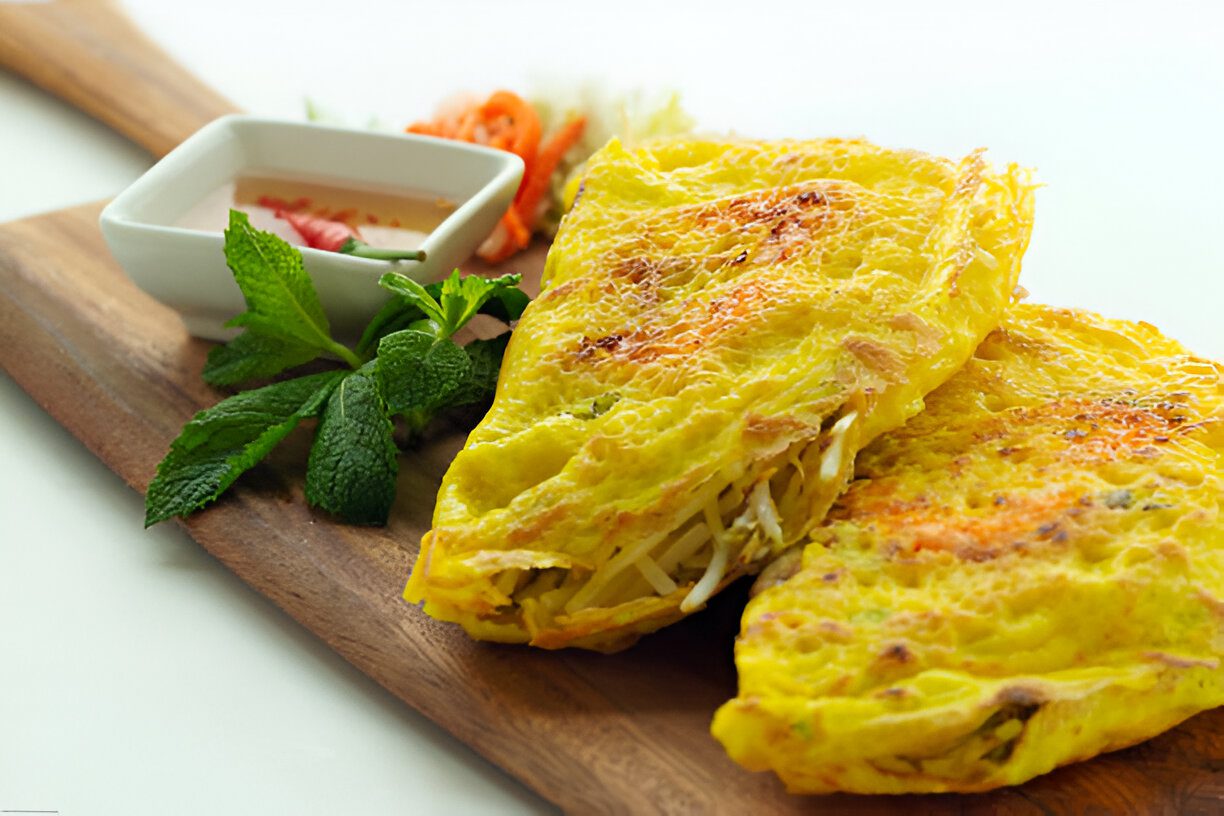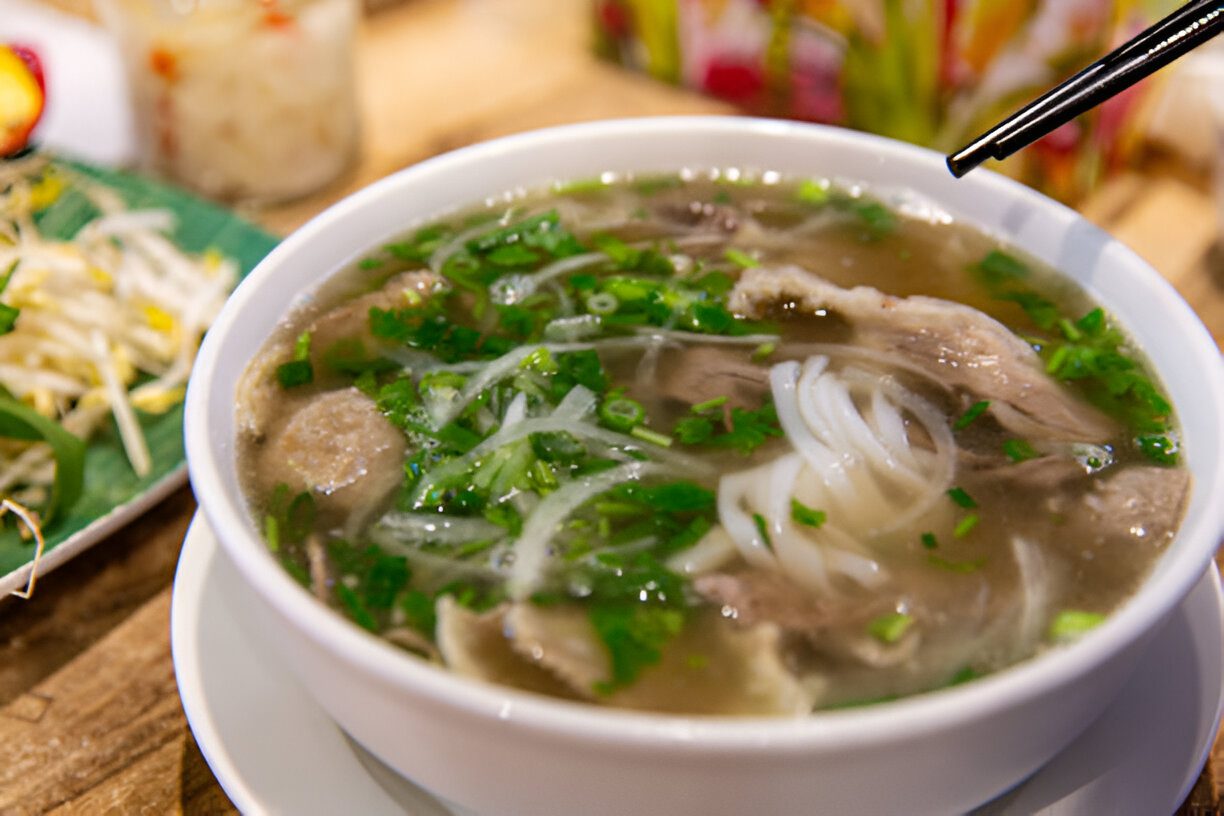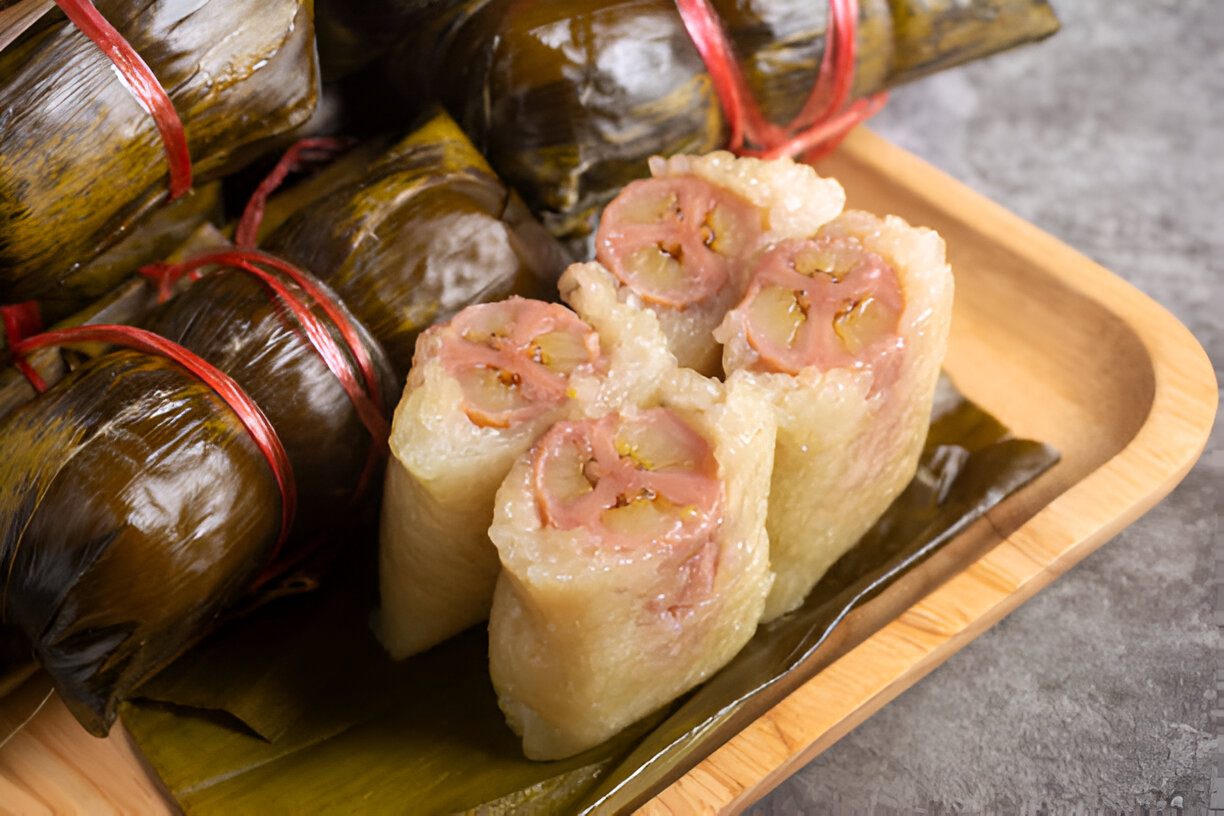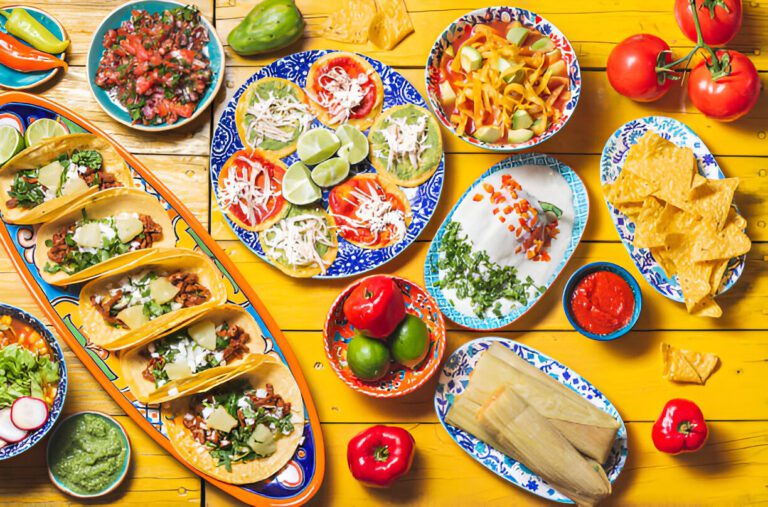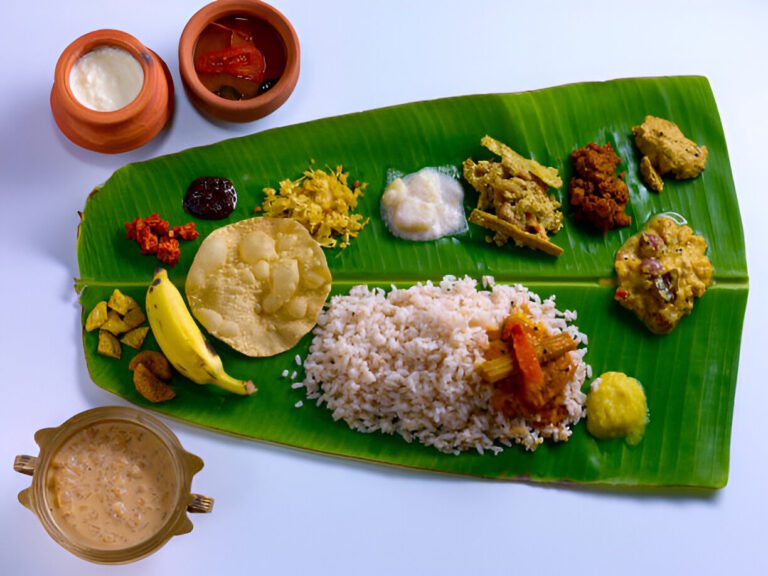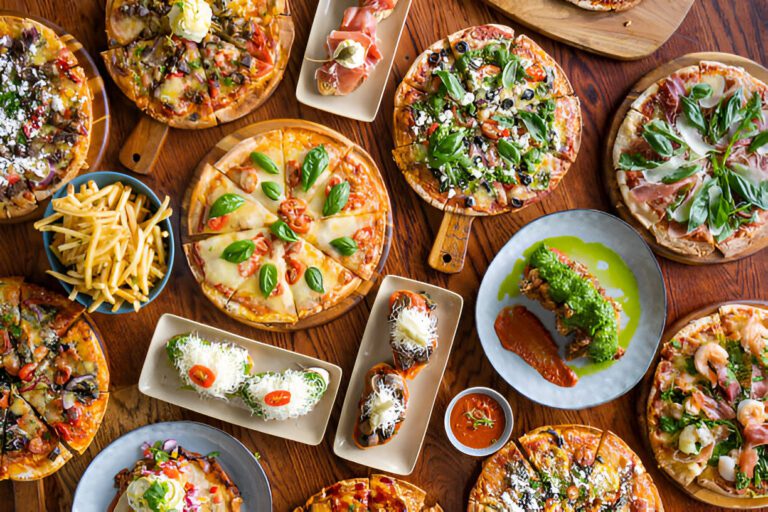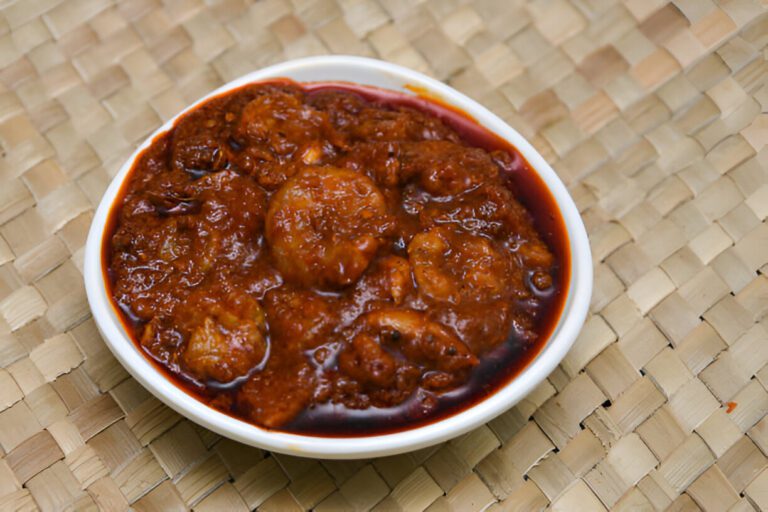Vietnamese cuisine is a vibrant celebration of fresh ingredients, aromatic herbs, and perfectly balanced flavours. Renowned for its harmony of salty, sweet, sour, and spicy notes, the cuisine reflects the country’s diverse geography and rich cultural tapestry. From bustling street markets to family kitchens, every dish tells a story of community, history, and sensory delight. Vietnamese food is both a feast for the eyes and a balm for the soul, inviting you to explore the delicate artistry behind each bite.
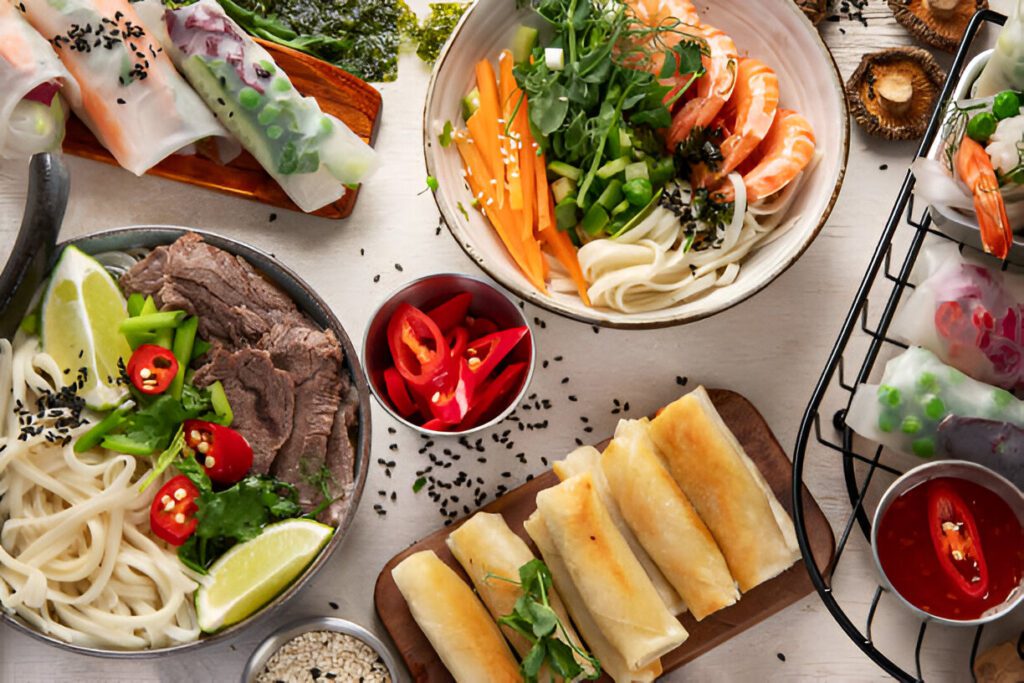
Vietnamese cuisine traces its roots to ancient agricultural traditions, influenced by China, France, and neighbouring Southeast Asian countries. The landscape, from lush rice paddies in the north to the tropical Mekong Delta in the south, shapes the staple ingredients: rice, fresh herbs, fish, pork, and vegetables. Meals are communal events, emphasising freshness and balance, and dishes are rarely heavy or overly spiced, instead focusing on layering subtle flavours and textures.
Herbs such as cilantro, Thai basil, mint, and lemongrass elevate dishes, while sauces like fish sauce (nước mắm) provide a deep umami foundation. Techniques like grilling, steaming, and stir-frying are popular, ensuring ingredients retain their vibrant colours and nutrients.
Regional specialities showcase unique twists: Hanoi favours hearty broths, Hue is known for complex royal dishes, and Saigon delights in street-food creativity. Social rituals like sharing bowls of phở or dipping crispy spring rolls in nước chấm unite families and friends, underscoring food’s role as a cultural cornerstone.
Vietnamese cuisine is a culinary journey that captivates all senses. Its intricate balance of flavours, fresh ingredients, and vibrant presentation reflects the country’s heart and soul. Whether enjoyed in a bustling street market or made lovingly at home, these dishes invite us to experience Vietnam’s rich cultural heritage and the joy of sharing food with loved ones.
